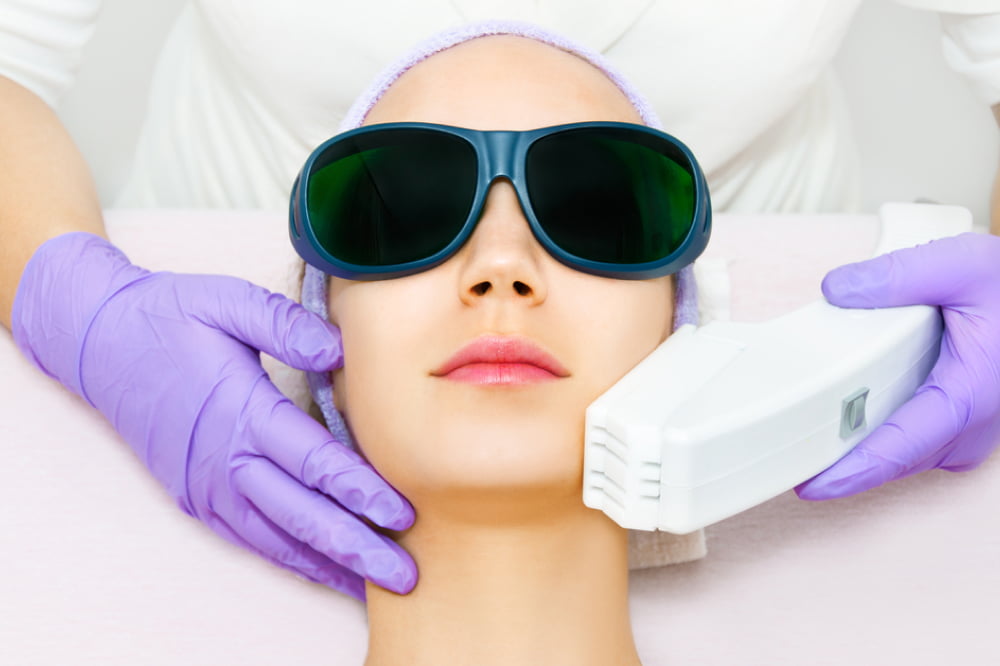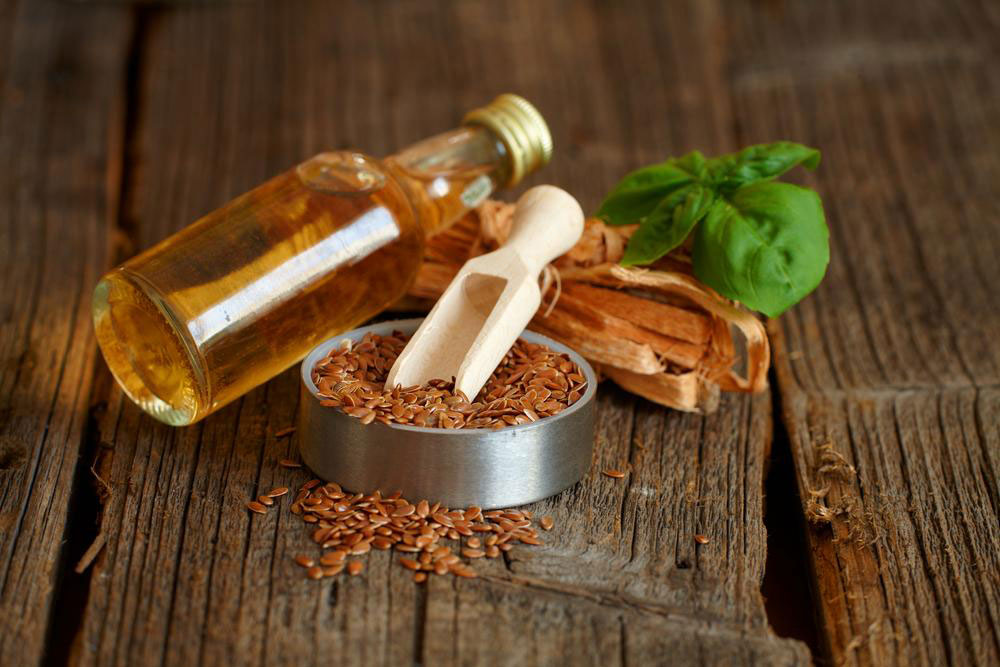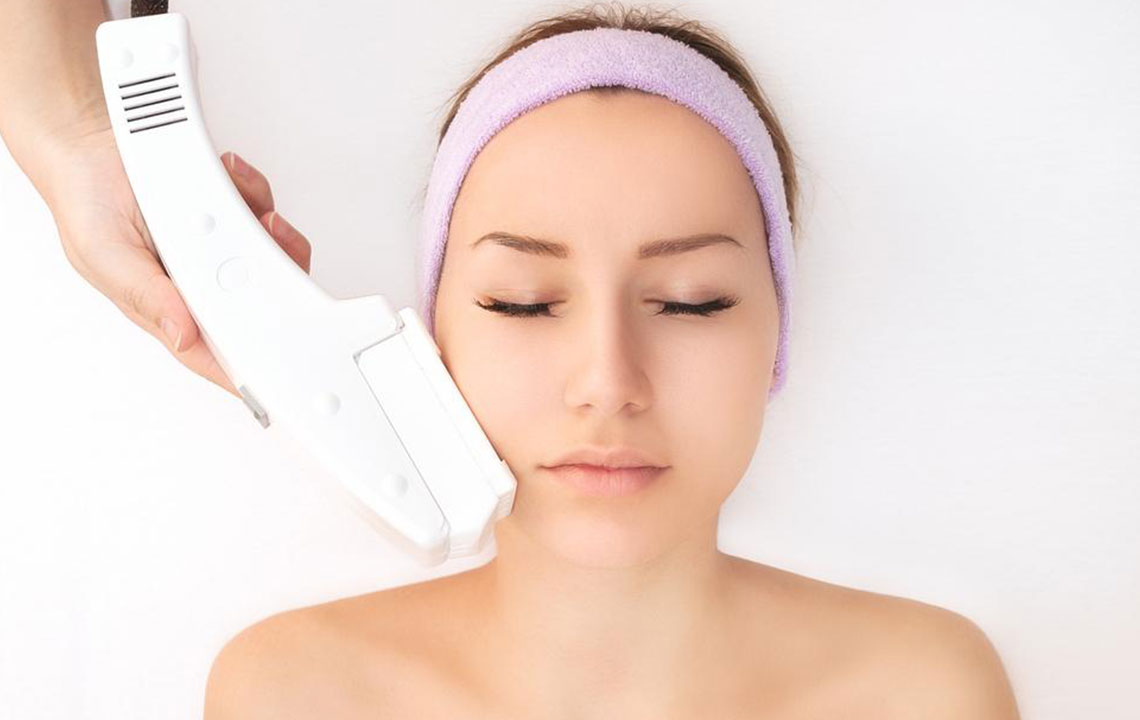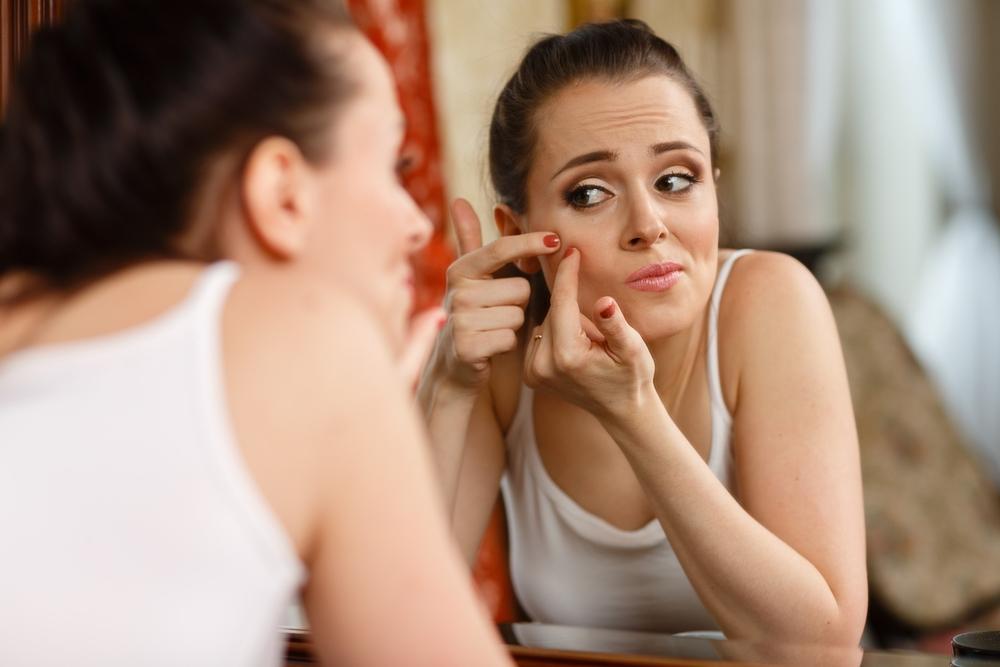Comprehensive Guide to Natural and Professional Chin Hair Removal Techniques
This comprehensive guide explores natural remedies and professional techniques for effectively removing chin hair. It offers practical advice, including home masks, exfoliants, and advanced treatments like laser hair removal. Proper aftercare and safety tips are highlighted to ensure healthy skin and optimal results. Whether you prefer natural solutions or professional procedures, this article helps you choose the best approach to achieve smoother, hair-free chin skin confidently and safely.

Comprehensive Guide to Natural and Professional Chin Hair Removal Techniques
Unwanted chin hair, medically referred to as hirsutism, can pose significant aesthetic and self-esteem challenges for many individuals. This persistent issue may be driven by various factors, including hormonal imbalances, genetic predispositions, or underlying health conditions. While fully addressing the root causes of excessive hair growth isn't always feasible for everyone, adopting effective hair removal practices can make a substantial difference. Whether you prefer natural home remedies or professional clinical treatments, choosing the right approach is essential for achieving smooth, irritation-free skin and regaining confidence in your appearance.
Natural Home Remedies for Chin Hair Reduction
Turmeric and Milk Paste: A time-honored natural remedy combines turmeric, renowned for its anti-inflammatory and skin-brightening qualities, with milk's nourishing properties. Regular application of this paste can help slow hair growth over time, providing a gentle solution for those seeking natural hair reduction. To prepare, mix turmeric powder with enough milk to form a thick paste, apply it directly to the chin area, leave it on for about 20 minutes, then wash off with warm water. Consistent use over weeks can lead to noticeable improvements.
Sugar-Based Waxing (Sugaring): Sugaring is a natural alternative to conventional waxing, utilizing a heated mixture of sugar, lemon juice, and water to form a sticky wax-like substance. This method effectively removes hair from the root and causes less skin irritation. Applying the sugaring paste in the direction of hair growth and removing it against the growth can reduce hair re-growth over time. Regular sessions can result in finer and sparser chin hair, with the added benefit of less discomfort compared to traditional waxing.
Egg White Mask: Applying a layer of egg white on the chin and allowing it to dry creates a peel-off mask that can lift fine hairs and tighten the skin. This natural method helps in achieving a smoother appearance while reducing the visibility of fine chin hairs. After the mask dries completely, peel it off gently, rinse the skin, and moisturize thoroughly. Using this mask 2-3 times a week can help in managing light chin hair growth naturally.
Papaya and Turmeric Paste: Papaya contains an enzyme called papain, which is known to break down hair follicles gradually. Combining mashed ripe papaya with turmeric powder creates a potent paste that, when applied for about 15 minutes, can weaken hair growth and promote hair reduction. Rinse with water and follow with a gentle moisturizer. Consistent application over several weeks can lead to softer, less visible chin hair.
Spearmint Tea: Drinking spearmint tea regularly has been linked to hormonal regulation, particularly reducing testosterone levels that influence excess hair growth in women. Incorporating a cup of spearmint tea into your daily routine can support hormonal balance and assist in the natural reduction of chin hair over time.
Lemon and Honey Lightening Paste: Combining lemon juice, which has natural bleaching properties, with honey, known for its moisturizing and healing effects, can gradually lighten dark, coarse chin hair. Apply the paste evenly on the affected area, leave it on for 15-20 minutes, then rinse thoroughly. Over time, this method can diminish the appearance of unwanted hair, making it less conspicuous.
Oatmeal and Lemon Exfoliator: Creating a gentle scrub with ground oats, freshly squeezed lemon juice, and a bit of honey can exfoliate dead skin cells, unclog hair follicles, and soften fine hairs. Use this exfoliant 2-3 times per week, massaging gently on the chin to promote smoother skin and reduce the likelihood of ingrown hairs.
Apricot and Honey Scrub: Apricot kernel powder combined with honey forms a natural exfoliant that weakens hair follicles and promotes hair reduction. Applying this mixture and leaving it for 15 minutes can result in less prominent chin hair after repeated use.
**Important Note:** Always perform a patch test before trying any home remedy to ensure no allergic reactions. Remember, these natural solutions are more suited for gradual, natural hair reduction rather than immediate removal. Patience and consistency are key for visible results.
Professional Chin Hair Removal Techniques
Threading: This precise method uses a twisted cotton thread to pluck individual hairs from the root, making it ideal for delicate facial areas like the chin. The technique allows for detailed shaping and hair removal with minimal skin trauma, providing a clean and smooth look. Sessions typically last for 15-30 minutes and can be repeated every 2-4 weeks for maintenance.
Waxing Services: Professional waxing involves applying warm wax or sugaring paste to the chin area, then swiftly removing it to pull hairs from the follicle. This method offers longer-lasting results compared to shaving and can be performed at regular intervals. Some salons incorporate soft wax, hard wax, or natural sugaring, depending on the client's skin sensitivity and hair type. Proper technique minimizes discomfort and reduces the risk of irritation if performed by skilled estheticians.
Laser Hair Removal: For those seeking a semi-permanent or permanent solution, laser hair removal targets hair follicles with specific laser wavelengths, destroying their ability to regrow hair. Multiple sessions, typically spaced 4-6 weeks apart, are necessary for optimal results. While this treatment may involve some discomfort, modern laser technology minimizes pain and improves safety. Consulting with a certified dermatologist ensures the procedure is tailored to your skin type and hair color.
Depilatory Creams: Professional application of chemical depilatory creams dissolves hair structure quickly and painlessly. These creams are specially formulated to be safe for facial skin and are applied by trained professionals to ensure proper use and reduce risks of burns or allergic reactions. Results last for a few days to a week, with regular sessions leading to finer, sparser hair over time.
Always seek advice from licensed dermatologists or professional skincare specialists before opting for any of these treatments. They can assess your skin type, hair growth patterns, and recommend the safest and most effective method suited for you.
Essential Tips for Safe and Effective Chin Hair Removal
Regular Exfoliation: Gently exfoliating the chin area 2-3 times weekly removes dead skin cells, prevents ingrown hairs, and keeps the skin smooth. Use gentle scrubs to avoid irritation.
Post-Removal Skin Care: After any hair removal procedure, always moisturize thoroughly. Applying soothing agents like aloe vera or skin-calming creams helps reduce redness and sensitivity.
Consult Professionals: For personalized advice, accurate diagnosis, and tailored treatment plans, always consult a licensed dermatologist or licensed skincare practitioner.
Long-Term Maintenance: Permanent hair reduction methods such as laser treatments or waxing require periodic maintenance to sustain results. Shaving and tweezing might need more frequent attention but are suitable for quick fixes.
Managing chin hair is completely achievable with the right combination of natural and professional methods. Patience, consistency, and proper aftercare ensure healthy skin and effective hair reduction, helping you achieve a refined, confident look.





